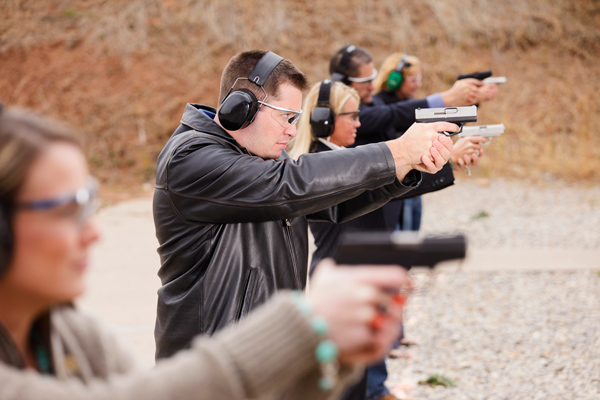
These skills can be the difference between winning and losing a gunfight.
![]()
![]()
When we think of practicing with a gun, often what comes to mind is grabbing some ammo, heading to the range, and shooting at a paper target. This is a valuable skill, one that is fundamental to good marksmanship, but it is only one portion of the skills needed to face a threat in the real world. Getting your concealed carry permit allows you to carry your gun in your home state and anywhere with reciprocity, but that is only legal protection. Real bodily protection – learning to use the gun against a bad guy while protecting yourself and others during the fight – takes hours and hours of practicing skills beyond the confines of a box range.
I call these “unconventional concealed carry skills” not because they are weird or odd – quite the contrary – but because most concealed carriers spend way too little time practicing them. They are not part of the ready skill set of most CCW permit holders, yet they are vital to protecting yourself and others in a real gunfight.
Drawing from a Holster
When you practice at the range, especially an indoor range, you typically pick the gun up from the bench or table in front of you and shoot the target while standing still. But if you get into a gunfight in the real world, you will draw the gun from a holster, typically IWB concealed. This is an entire skill set that must be practiced on its own, complete with clearing your cover garment, getting a good grip on the gun, extracting the gun from the holster, and driving the gun toward the target. The good news is you can practice this at home without any rounds in the gun. Treat it like any dry fire exercise where there is no ammunition in the room and follow all the safety rules.
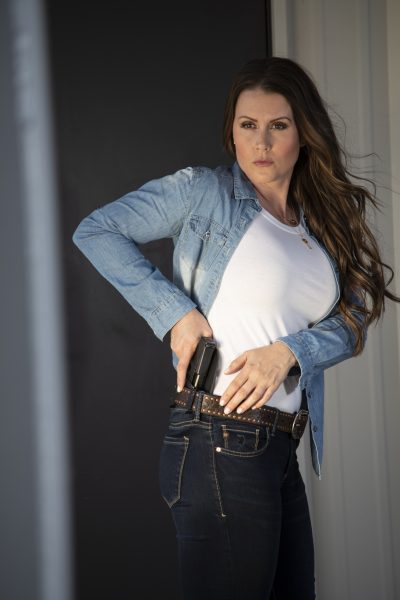
Check here for a complete breakdown of the four basic steps of the draw.
Reholstering
Here’s the scenario: You’ve just shot a bad guy who posed a deadly threat. He is on the ground and someone has called 911. The threat is over, and the police are on their way. Great! Now what? Put yourself in the responding officer’s shoes for a second. He rolls up, working off only the information the dispatcher gave him – that there was a shooting and the scene is still active – and he sees you holding a gun over a guy lying on the ground. Who does he think is the shooter? You. And it’s not his fault. So before the police arrive, put your gun away if the threat is over. Working on reholstering your gun, especially one-handed, is a critical skill that can save you from getting shot.
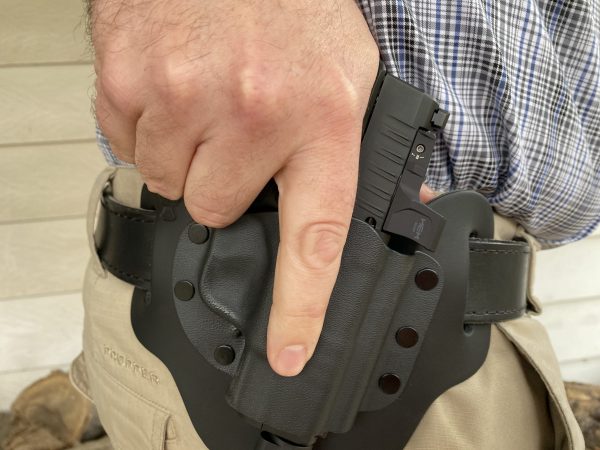
Reloads
While we would like to think all shootouts only take one bullet, a few at most, sometimes that’s not the case. What do you do if your first magazine runs dry? What about if the gun malfunctions and you need to clear it to get back into the fight? Have you practiced extracting the old magazine, grabbing the new one, inserting it, and closing the slide? Can you do it under pressure and time? Just like drawing and reholstering, this also can be practiced under dry fire conditions. The only supply you will need is a packet of dummy rounds to fool your gun into thinking you’re loading real ammo, so the slide works properly.
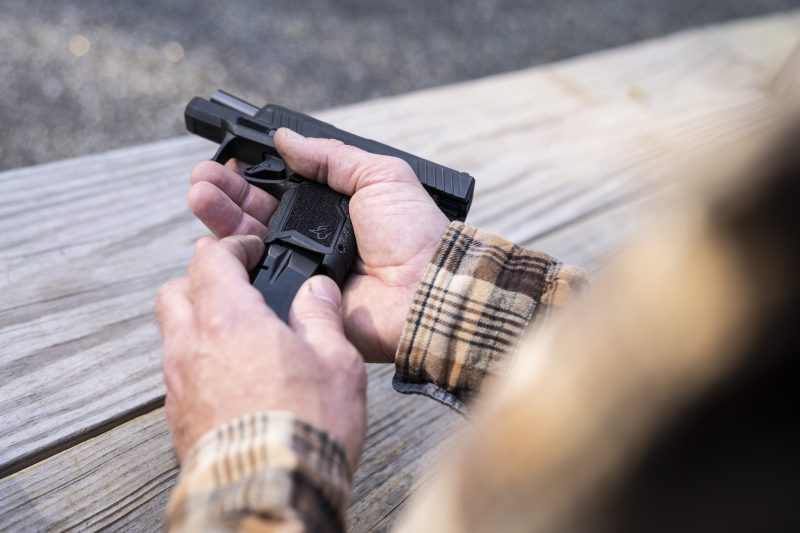
Shooting from Retention
In a perfect world, we should be able to engage all targets with our gun at full extension, just like we shoot at the range. But that’s not always the case in a real shootout. Often defensive encounters happen with the bad guy within arm’s reach, sometimes right on top of you, such as in a knife or fist attack. In that case, you don’t have the luxury of raising the gun, putting sights on target, and squeezing the trigger. You might have to shoot with the gun right next to your body, called “shooting from retention” because you are keeping the gun close to you so the bad guy can’t take it away. This is a critical skill that must be practiced under the supervision of a qualified instructor.
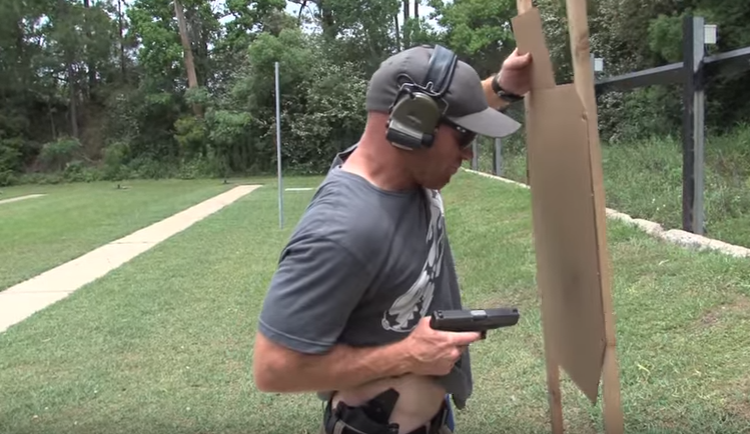
Working from Cover & Concealment
The last thing you want in a shootout is to be standing in the middle of nowhere with nothing protecting you. Sometimes you have no choice because that’s just where everything happened, but if possible, find some sort of cover or concealment. “Cover” is anything that not only hides you but is also strong enough to stop bullets. “Concealment” simply hides you but cannot stop rounds from penetrating. Knowing which is which is critical when the bullets start flying. Do you know how to use cover and concealment effectively? Can you shoot from around a barrier? These are advanced skills that not a lot of instructors can teach, so find one who is experienced and learn. It might save your life in a gunfight.
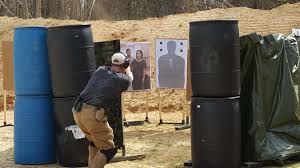
Shooting & Moving
Real-world shootouts rarely happen standing still. They are usually dynamic, changing, moving. The bad guy moves, the good guy moves, innocents move. The scene changes very quickly. Have you ever practiced moving and shooting, either separately or together? Often called “getting off the X,” moving in a shootout gives you advantages over standing still. First, you can make yourself a harder target to hit by moving. Second, remember the range rule about “know your backstop and what’s beyond it”? That applies to real-world shootouts, too. Improve your angle on your target by moving to a new position to shoot and avoid hitting innocent bystanders.
Both Eyes Open
Do you practice shooting with both eyes open? You should. We hardly ever scan for threats with one eye closed. In the real world, you will likely engage the bad guy with both eyes open because that is a natural human reaction when startled. Getting into a gunfight is startling! Be ready by practicing so that you will easily bring the gun up to bear with both eyes open.
Wrap Up
Getting your concealed carry permit does not fully prepare you to defend yourself. It’s a start, covering the legalities in your state. Actual training starts when you practice the skills required to be a better gunfighter. Work on these skills until they are engrained in your muscle memory. Until then, you’re not fully prepared for the fight.
ABOUT THE AUTHOR:
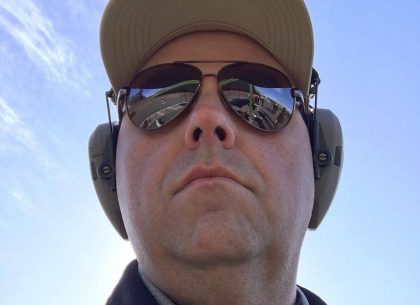
David Workman is an avid gun guy and a contributing writer to several major gun publications. As an NRA-certified instructor, David trains new shooters on basic handgun skills and CCW requirements and is a strong advocate for training as much as you possibly can. “Real-life shootouts don’t happen at a box range.”
![]() You may also enjoy these popular articles:
You may also enjoy these popular articles:
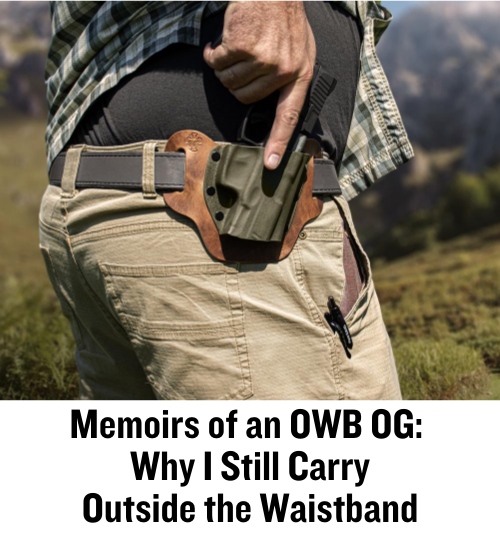
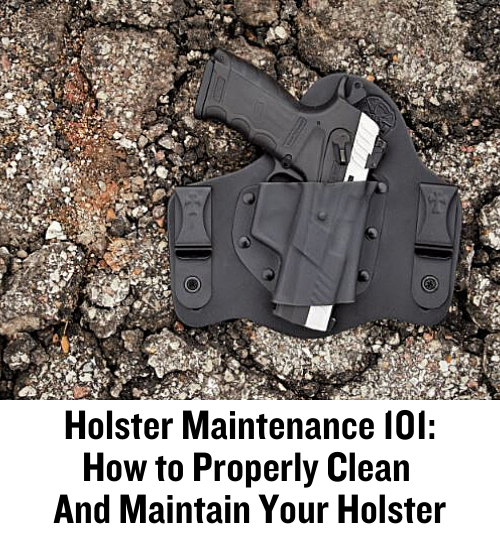
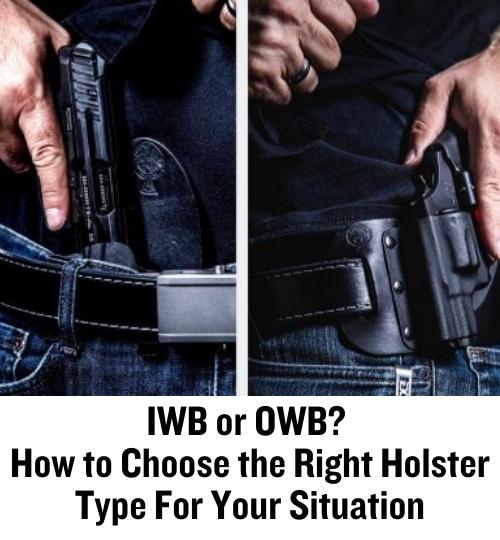
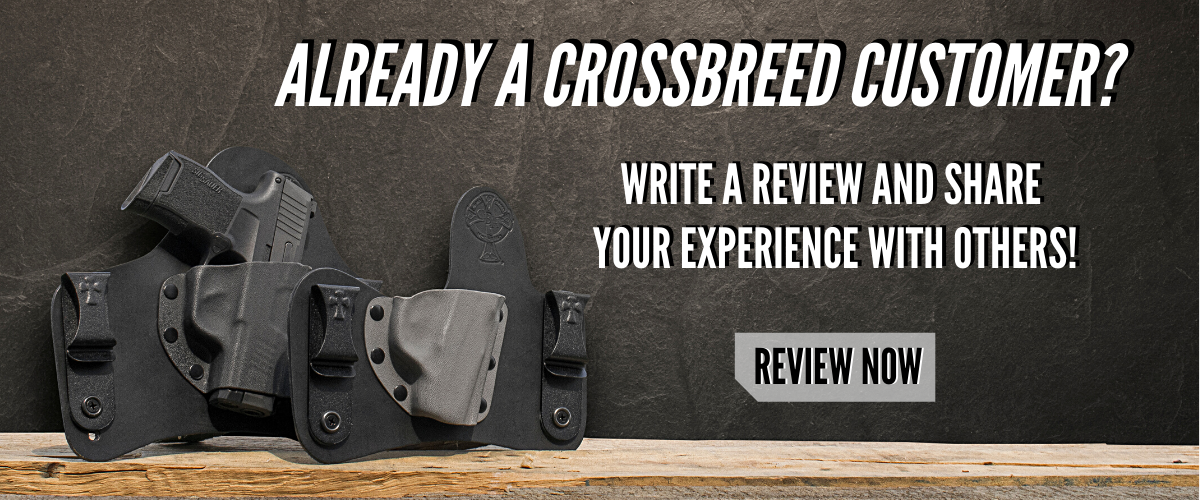
©MTC Holsters, LLC and CrossBreed Holsters Blog, 2021.
Unauthorized use and/or duplication of this material without express and written permission from this site’s author and/or owner is strictly prohibited. Excerpts and links may be used, provided that full and clear credit is given to David Workman and the CrossBreed Blog with appropriate and specific direction to the original content.
![]()

